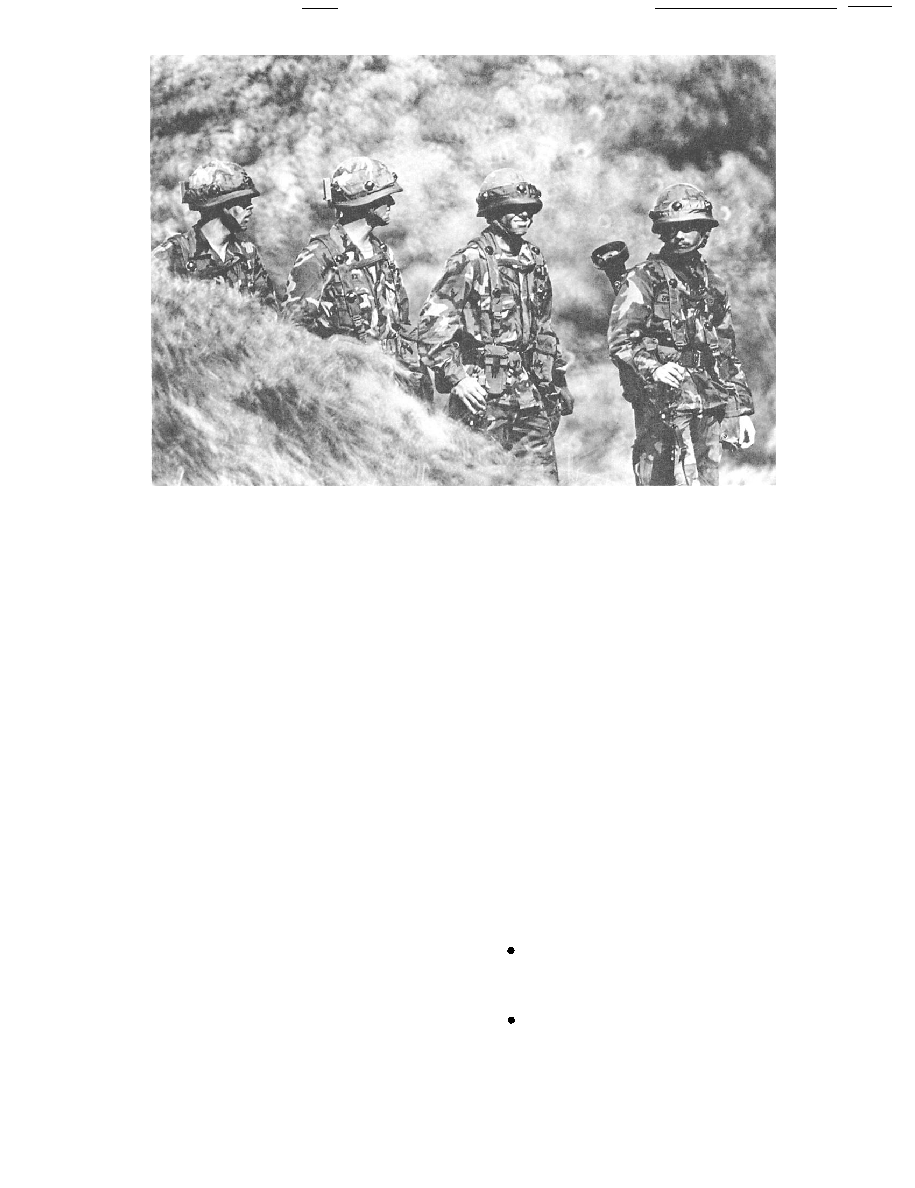
DOFMaster
for Windows
On-line
Depth of Field
Calculator
DOFMaster for Mobile Devices
On-line
Depth of Field
Table
Hyperfocal
Distance Chart
Articles
FAQ
Recommended
Books
Support
Contact
Links
Home
for Windows
On-line
Depth of Field
Calculator
DOFMaster for Mobile Devices
On-line
Depth of Field
Table
Hyperfocal
Distance Chart
Articles
FAQ
Recommended
Books
Support
Contact
Links
Home
As an Amazon Associate I earn from qualifying purchases.
![]()
In turn, the mirror lens reflects the light back through a
hole in the concave mirror to a focus on the film.
that a diaphragm cannot be used and the lens must
always be used at maximum aperture. Therefore,
the use of neutral density filters, or both. Because of this
aperture disadvantage, mirror lenses have limited depth
of field. Another disadvantage is that out-of-focus
highlights record as rings of light (fig. 1-37).
the elements within the lens. The movement of lens
elements, in unison and in precise order, gives a smooth
change of image size while maintaining acceptably
sharp focus throughout the entire adjustment. The
simplified drawing of a zoom lens (fig. 1-38) illustrates
how the movement of elements within the lens can
lens-to-film distance.
other focal lengths are possible.
have to change lenses to use a different focal length.
Sometimes it is impossible to change your viewpoint to
improve a picture. But with a zoom lens you can zoom
in and out (change focal length) until you get the exact
image you want. One disadvantage is the extra bulk and
wide to telephoto zoom lenses for 35mm cameras:
focal-length lenses of 28mm, 35mm, 50mm, and 80mm.
Basic Photography Course

As an Amazon Associate I earn from qualifying purchases.
WWW.DOFMASTER.COM
© 2006 Don Fleming. All rights reserved.
© 2006 Don Fleming. All rights reserved.